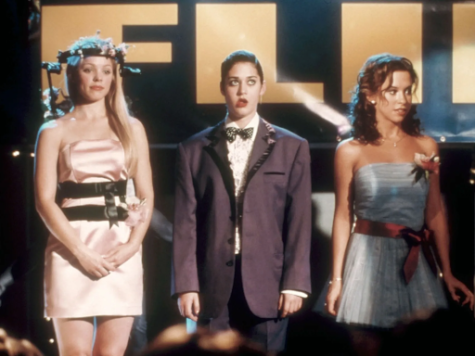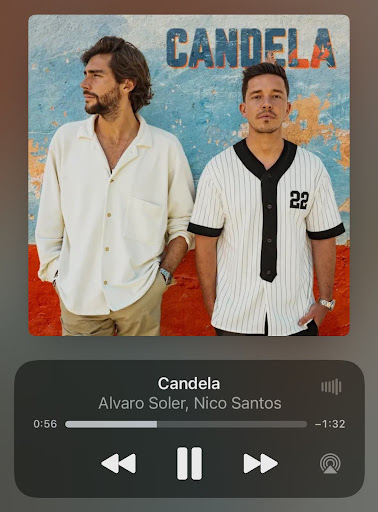Opinion – The Realities of Prom Culture
May 13, 2022

For any high school junior, prom is one of the largest events of the year, along with AP tests, SATs and ACTs, and the beginning of college applications. At Ramapo High School, like most schools with a privileged upper-middle-class student body, prom is an extravagant event. Dresses cost as much as college textbooks, transportation budgets are upwards of $1,000, and everyone wants, no, needs, a date. It doesn’t matter if they are older or younger, if you have only met them twice or haven’t spoken to them in years; if you show up to prom with someone of the opposite gender on your arm, you immediately gain unspoken respect that is riddled with jealousy by those who remain without dates.
The pressures of prom are not solely centered around whether or not you have a date, but who you’re “prom group” is, what your table organization is, what your dress looks like, and of course, how much it costs. The movies often romanticize certain aspects of the adolescent experience, but when it comes to portraying prom, I think they undersell the stress that comes along with fulfilling everyone’s needs, wants, and conforming to the norm that is expected of high schoolers at prom. The key to conforming is fulfilling the “five families” of prom night: date, dress, big prom group, flashy transportation, and an after-prom spot.
I nominated myself as organizer and leader of our prom group. Little did I know that it was going to be more stressful than preparing for my four AP tests. In 1997 Ms. Mazno’s high school had a small majority, compared to the large one at Ramapo, which put a larger effort into creating the “perfect” night. She thinks that the fact we live in the age of social media is the reason we as a community make an ordeal out of one, supposedly magical, night. Although the “five families” of a perfect prom night seem ridiculous and easy to organize, from experience, I can attest to the fact that it is quite the opposite. Dates are expected to have a certain level of attractiveness. Not hotter than you, but will look good in the pictures. They have to have a certain amount of notoriety in the community (bonus points if they are older and go to a different school).
For the dresses, each grade makes a Facebook group where every girl attending the prom posts their dresses to make sure that nobody has the same dress. It sounds ridiculous, which it is, but it provides us with peace of mind that we are “unique,” even though we are all desperately trying to conform to the same “bylaws” of prom culture. The dresses range in color, style, and length and the girls of the junior class do not discriminate with their critiques of their classmates’ dresses. I am guilty of this too.
Big prom groups and flashy transportation means 30-40 people in the group and usually a party bus. Adding people and making a group is not that hard, but organizing everyone and getting everyone’s money and dates and other necessary information is one of the most fun parts of prom. Ramapo High School junior Lauren Markarian, who is my co-organizer for our 30-person group, agrees that “filling out forms and making sure everyone is organized is so fun that it makes me not want to go to prom! The thrill of organizing is enough to satisfy me.” Obviously, we’re being sarcastic. Being a prom group organizer is intense and makes you want to cry every day. I definitely do not recommend it. After prom, for us, is at a teen club in NYC, and the entrance fee is $80 in addition to the $120 prom ticket. $200. Just to get in. $200 could buy me a nice pair of shoes that I can wear for the next four years, but I guess the prom memories last a lifetime; longer than the shoes.
Prom provides a realization that the American high school experience is exactly like chick flicks. Prom is where we forget about what comes next, and we focus on the now: on prom, on being a teen, and on living our lives. Superficial, yes, but crucial to maintaining the air of innocence that accompanies American adolescence.





